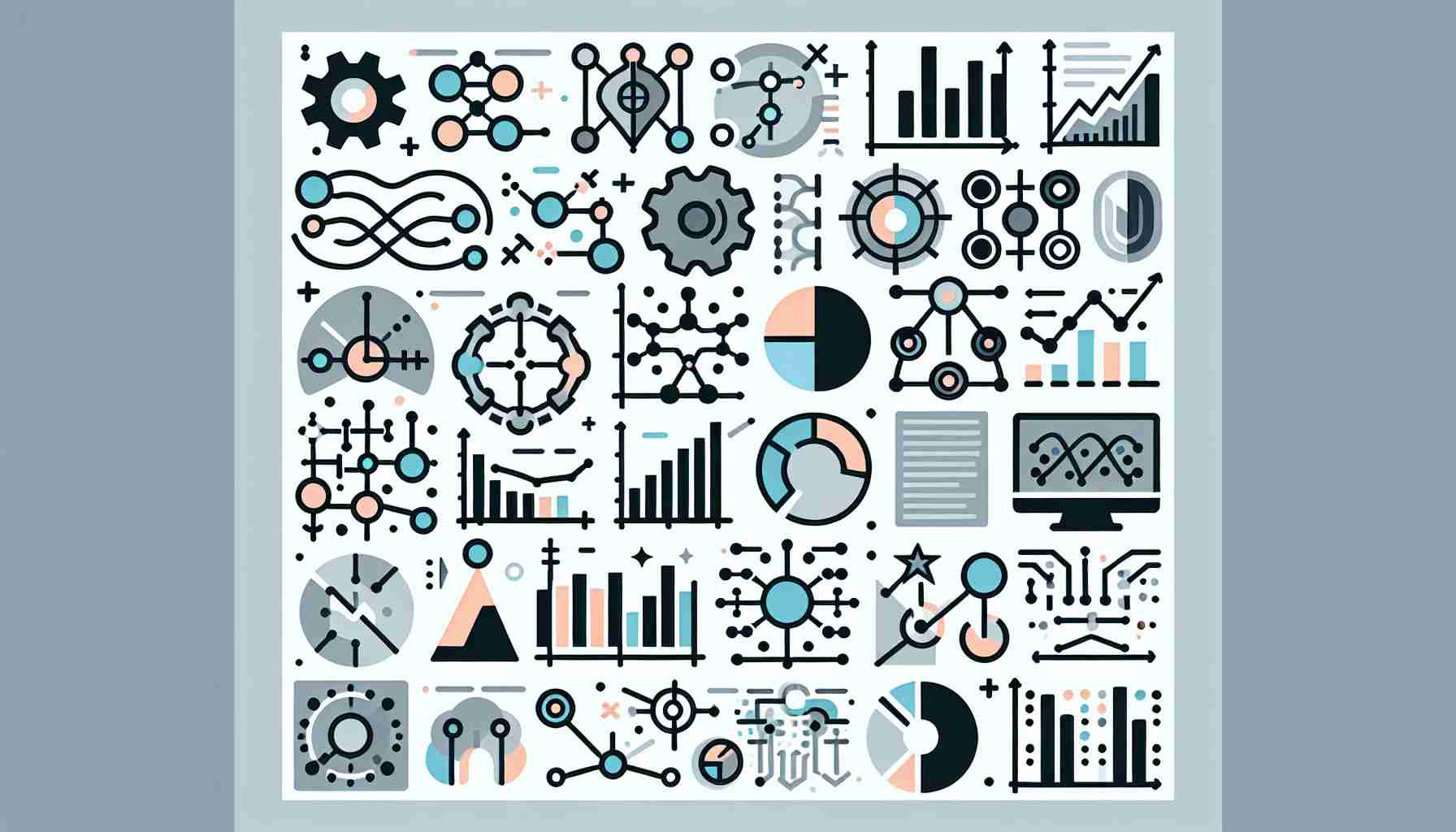Predictive Analytics Examples

Briefly Summarized
- Predictive analytics involves using historical data, statistical algorithms, and machine learning techniques to identify the likelihood of future outcomes.
- Examples span various industries including finance, healthcare, retail, manufacturing, and more, providing insights for decision-making.
- Common applications include forecasting demand, detecting fraud, optimizing operations, and personalizing customer experiences.
- The use of predictive analytics is growing due to the increasing availability of big data and advanced analytics technologies.
- Ethical considerations and data privacy are important when implementing predictive analytics solutions.
Predictive analytics is a branch of advanced analytics that uses a variety of techniques from data mining, statistics, modeling, machine learning, and artificial intelligence to analyze current data to make predictions about the future. It is becoming increasingly important in a world where businesses and organizations are looking to gain a competitive edge by anticipating trends, behaviors, and events. In this article, we will explore various examples of predictive analytics across different industries and how they are being used to drive decision-making and strategic planning.
Introduction to Predictive Analytics
Predictive analytics is not a new concept; it has been used in various forms for decades. However, the advent of big data and powerful computational technologies has significantly enhanced its capabilities. By analyzing historical and current data, predictive analytics can help organizations to predict future events with a reasonable level of accuracy. This predictive power can be applied to a wide range of activities, from forecasting market trends to preventing equipment failures.
Examples of Predictive Analytics in Different Industries
Finance: Forecasting Future Cash Flow
In the financial industry, predictive analytics is used to forecast economic trends, stock market movements, and company performance. By analyzing market data, financial statements, and economic indicators, predictive models can help investors and companies make informed decisions about where to allocate resources.
Healthcare: Enhancing Patient Care
Healthcare providers use predictive analytics to improve patient outcomes and reduce costs. For example, by analyzing patient records and demographic information, predictive models can identify individuals at high risk of chronic diseases, allowing for early intervention. Predictive analytics can also help in managing hospital resources and predicting patient admission rates.
Retail: Optimizing Inventory and Personalizing Marketing
Retailers leverage predictive analytics to forecast demand, manage inventory levels, and personalize marketing efforts. By analyzing sales data, customer behavior, and market trends, retailers can predict which products will be in high demand and stock accordingly. Personalized marketing campaigns can be developed by predicting what individual customers are likely to buy.
Manufacturing: Predictive Maintenance
Manufacturers use predictive analytics to anticipate equipment failures and schedule maintenance before breakdowns occur. This proactive approach, known as predictive maintenance, can save companies significant amounts of money by reducing downtime and extending the life of machinery.
Insurance: Assessing Risk and Pricing Policies
Insurance companies use predictive analytics to assess the risk of policyholders and set premium prices accordingly. By analyzing historical claims data, social demographic information, and other relevant factors, insurers can predict the likelihood of a claim being made and price their policies to reflect this risk.
The Growing Importance of Predictive Analytics
The importance of predictive analytics is growing as organizations seek to make more data-driven decisions. With the explosion of data available from various sources, businesses have the opportunity to gain insights that were previously inaccessible. Predictive analytics allows organizations to be proactive rather than reactive, giving them a strategic advantage in the marketplace.
Ethical Considerations and Data Privacy
While predictive analytics can provide significant benefits, it also raises ethical considerations and data privacy concerns. Ensuring that data is used responsibly and that predictions do not lead to discrimination or unfair treatment is crucial. Organizations must navigate these challenges carefully to maintain trust and comply with regulations.
Conclusion

Predictive analytics is a powerful tool that can provide valuable insights across a multitude of industries. By understanding and applying predictive models, organizations can anticipate future trends and behaviors, optimize operations, and enhance decision-making processes. As technology continues to advance, the potential applications of predictive analytics will only expand, offering even greater opportunities for innovation and growth.
FAQs on Predictive Analytics Examples
What is predictive analytics? Predictive analytics is the process of using data, statistical algorithms, and machine learning techniques to identify the likelihood of future outcomes based on historical data.
How is predictive analytics used in healthcare? In healthcare, predictive analytics is used to predict patient outcomes, prevent readmissions, manage population health, and enhance cybersecurity, among other applications.
Can predictive analytics be used to detect fraud? Yes, predictive analytics is commonly used to detect fraudulent activities by analyzing patterns and anomalies in transaction data.
What are some challenges associated with predictive analytics? Challenges include ensuring data quality, dealing with complex and high-dimensional data, maintaining privacy and ethical standards, and the need for skilled professionals to develop and interpret predictive models.
How does predictive analytics differ from traditional analytics? Traditional analytics focuses on describing and diagnosing past events, while predictive analytics uses historical data to make informed estimates about future events.
Sources
- What Is Predictive Analytics? 5 Examples | HBS Online
- 5 Industry Examples of Predictive Analytics - insightsoftware
- 10 Examples of Predictive Analytics: Use Cases - SaM Solutions
- 8 Examples of Industries Using Predictive Analytics Today - G2
- Predictive Analytics In Healthcare: 7 Examples and Risks
- 8 Predictive Analytics Examples, 12 Use Cases - Qlik
- 17 Real-Life Use Cases of Predictive Analytics That Will Inspire You
- Predictive Analytics Examples in 2023 - InData Labs
- Predictive Analytics in Healthcare: Use Cases & Examples - Segment